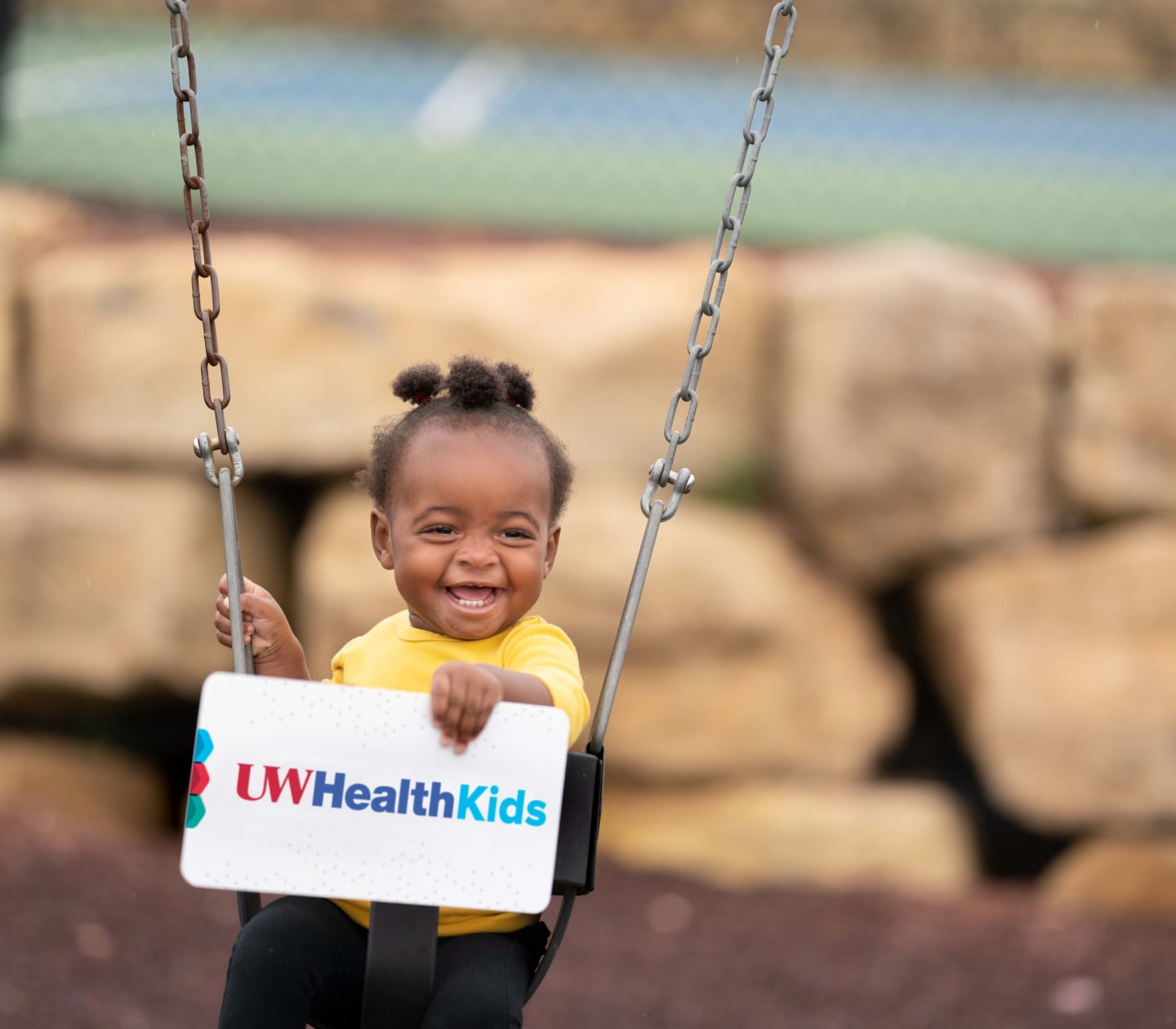Each child’s pain is unique, so their treatment should be too. We treat pain using a biopsychosocial approach which means we look at the mental, physical and social aspects of a child’s pain.
Our team includes a number of pediatric specialists including physical and occupational therapists, health psychologists, anesthesiologists and rehabilitation medicine doctors and palliative care (care for people living with a serious illness). We work together to create individual treatment plans that optimize pain control while minimizing side effects.
Programs we offer include:
Acute pain service: Focuses on managing pain after surgery or an injury.
Inpatient pediatric pain management team: The team includes pediatric anesthesiology, pediatric acute pain and palliative care services. This team collaborates with other services including health psychology, physical and occupational therapy, Child Life and other specialties to approach pain in an individualized and holistic manner.
For more complex pain syndromes we may make a referral to a regional pediatric pain center for children that need follow up specifically for pain on an outpatient basis.
Pain can affect children physically and mentally. It can result from an injury or surgery, or pain might be caused by a chronic condition. Even having blood drawn or getting a shot could cause discomfort. We work to find the treatment that’s right for your child based on their needs.
Comfort positions or swaddling involve holding your child in a way that makes them feel safe and secure. These positions can be calming for your child and allow care providers to complete a procedure safely.
Swaddling involves securely wrapping a child’s body with a light blanket but leaving the head uncovered. This can mimic a mother’s womb and be soothing for an infant.
Items that produce vibrations and cold on the skin — like Buzzy, a tool that resembles a friendly bee — can lessen pain. These sensations essentially block pain signals.
Distraction diverts your child’s attention from a painful procedure. When children do an interesting activity appropriate for their age, they’re less likely to experience discomfort. Diversions for a young child might include singing, blowing bubbles or playing with light-up toys. For older children, music, deep breathing, telling jokes or screen time on a mobile device might help.
Other therapies may include virtual reality, music therapy, temperature modulation therapy and transcutaneous electrical nerve stimulation (TENS) unit therapy.
This form of pain management includes epidural catheters, thin tubes that are placed in your child’s spine to deliver pain medicine or peripheral nerve blocks, injections of medicines that block pain from specific nerves. Single shots with numbing medicine can also be given to decrease pain in specific regions of the body.
PCA uses a special pump to deliver medication by IV. The pump allows children who are old enough to give themselves the medicine when they feel they need it. Safety features prevent your child from getting too much medicine.
Infusion therapy targets a specific location with a regular dosage of medication to lessen or eliminate pain. The medicine is usually given through an IV tube.
Each child we see gets personalized attention. When children are in the hospital, we work closely with their other providers. We also work closely with parents and caregivers. We take the time to understand each child’s condition and their specific needs.
Based on what we learn, we form a treatment plan. Your child’s care team considers factors such as the type of pain, the child’s age and what we feel will be most helpful. Your input will be vital. If what we try first doesn’t work, we’ll continue with other options until we find something that does.

The following resources can help you learn more about pain and how to help your child manage it.


